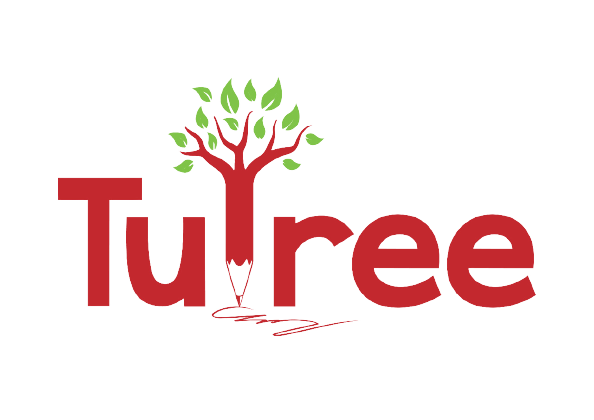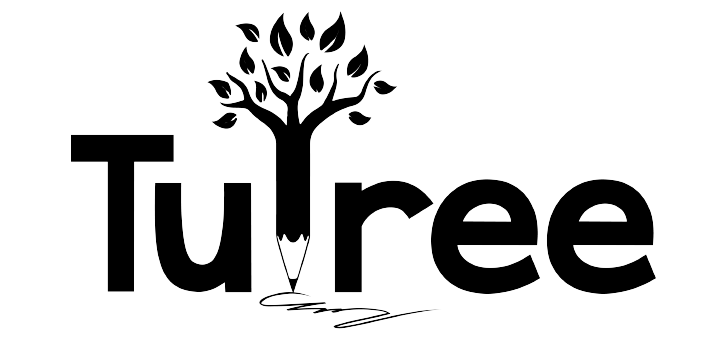Future-oriented enhancements are progressive products, functions and products and services that are designed to boost people’s lives. They can likewise change a multitude of sectors such as healthcare and space technology, or boost a business’s competition. Developing such innovations needs an extensive examination of current problems and possibilities.
To develop such innovations, organizations need to embrace major epistemic visibility (Moqaddamerad, 2019; Moqaddamerad and Tapinos, 2020). It is necessary to recognize until this type of approach requires a significant shift in thinking and attitude among all stakeholders. It can also require collaboration with diverse modern day strategy stakeholders in order to identify new alternatives that will help businesses and industries thrive over the long term.
In addition, the development of these innovations requires a great in-depth research of the current technological environment and its forthcoming implications. That is particularly true when companies are involved in a bothersome innovation just like 5G, just like.
For a successful innovation process, companies must understand that they are working with future possibilities (Peschl, 2019a). These types of potentials could possibly be unrealized or unidentified in our; however , they are really a vital supply for near future innovations having positive effects in human and organizational wellness.
It is for that reason important to discover how to identify and cultivate not realized possibilities in a sense-making process, which can be called phronesis (Nonaka and Takeuchi, 2019; Peschl, 2020). Phronesis enables employees to exercise prudent decision and have wise decisions by joining concrete decisions and action with knowledge, goodness and future goal.
In this sense-making process, actors want to interpret unsure developments and understand occurrences as they happen, intentionally considering the probable long term future impact of certain activities when designing a proper response (Gioia ou al., 1994; Stigliani and Ravasi, 2012). Managers rely on such interpretations when coming up with decisions. They will build a pathway towards a great uncharted long run, using the power of phronesis and future-oriented sensemaking as well as ideal foresight (Friesl et ‘s., 2019, 2020).
This explore investigates just how managers handle uncertainties and how their responses connect with their sense-making methods in a Nordic telecom group facing the disruptive introduction of 5G networks. The study is based on specific interviews with five associates of the supervision team, as well as a two-day workshop aimed at creating a shared understanding about 5G and their industry.
Interviews with participants says, as a result of forthcoming uncertainties, ComCo’s managers engaged in horizon checking and placed track of changes in the environment. They were especially concerned about the impact of 5G on their market and business design, https://datatraininst.com/2021/12/21/innovative-solutions-in-all-areas-of-the-world which in turn required those to keep an eye out intended for opportunities and threats.
Furthermore, the interviews open that the operations team of ComCo applied a range of ways of manage the uncertainties, including a collaborative sensemaking method and the consumption of a experience tool, including the business model painting (BMCA). In addition, they considered a variety of possible situations to better understand their long run.
These conclusions claim that future-oriented expertise is definitely an effective way to address upcoming challenges in science education. However , the integration of such competencies in the current subjects needs to be cautiously planned and implemented.

